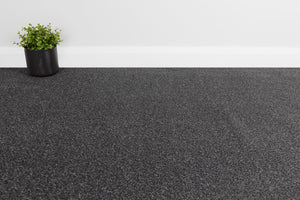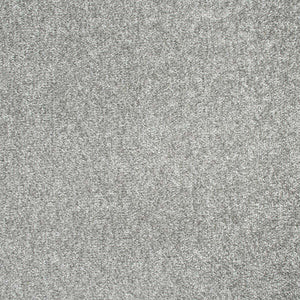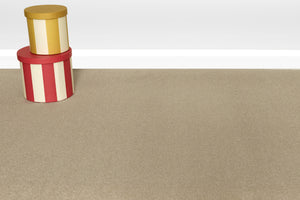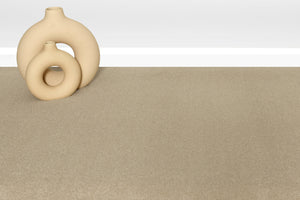
Herringbone flooring is a timeless design that adds elegance and sophistication to any room. The classic zig-zag pattern creates a sense of movement and style that works with modern, traditional, or rustic interiors.
While laying herringbone takes a bit more planning than standard planks, you can absolutely achieve a professional-looking result with the right approach.
Here’s our step-by-step guide on how to lay herringbone flooring to help you get it right.
Table of Contents
-
Why Choose Herringbone Flooring?
-
What You’ll Need
- Step-by-Step: How To Lay Herringbone Flooring
1. Plan Your Layout
2. Prepare the Subfloor
3. Mark Your Centre Line
4. Dry Lay Your Pattern
5. Cut Planks as Needed
6. Click-Lock
7. Install the Pattern
8. Roll and Finish
-
Pro Tips for Best Results
- Final Note: Transform Your Space
Why Choose Herringbone Flooring?
Herringbone is one of the most popular patterned floors because it:
-
Adds visual interest and movement to a room
-
Works in modern and traditional homes
-
Can make narrow rooms feel larger
-
Showcases the beauty of wood or wood-look planks
What You’ll Need
-
Tape measure
-
Pencil and straight edge
-
Chalk line
-
Utility knife or saw
-
Spacers
-
Click-lock planks
-
Rubber mallet
- Knee pads for comfort
Shop our installation accessories
Step-by-Step: How To Lay Herringbone Flooring
1. Plan Your Layout
-
Decide on the direction of the herringbone pattern (along room length, width, or diagonally).
-
Consider focal points like fireplaces or windows.
-
Dry-fit a few rows to see how it looks.
Pro Tip: Planning avoids awkward cuts at edges.
2. Prepare the Subfloor
-
Make sure the subfloor is clean, dry, and level.
-
Remove old flooring or debris.
-
Repair any cracks or holes.
-
Use a moisture barrier if needed.
3. Mark Your Centre Line
-
Find the centre of the room.
-
Snap a chalk line as your guide.
-
This line keeps your herringbone pattern straight and symmetrical.
Pro Tip: Double-check measurements to avoid drift.
4. Dry Lay Your Pattern
-
Lay out a section of the herringbone pattern without adhesive.
-
Make sure the “V” shapes are consistent and aligned with your centre line.
-
Adjust as needed for a balanced look at edges.
5. Cut Planks as Needed
-
Measure and cut planks to fit edges, corners, and obstacles.
-
Use a sharp utility knife for vinyl or laminate, or a saw for engineered wood.
-
Always wear safety gear when cutting.
Pro Tip: Cut carefully to maintain tight joints.
6. Click-Lock
-
Angle and lock planks per manufacturer instructions.
-
Use spacers along walls for expansion gaps.
7. Install the Pattern
-
Start along your centre line.
-
Work outward in sections, maintaining the herringbone pattern.
-
Lock planks in place.
Take your time to keep the pattern consistent and straight.
8. Roll and Finish
-
Remove spacers and install trim.
-
Clean the floor according to manufacturer guidelines.
Pro Tips for Best Results
-
Let planks acclimate to the room for 24 hours before installing.
-
Always follow manufacturer instructions for click systems.
-
Check frequently for alignment along your centre line.
-
Use quality tools for clean cuts.
-
Consider professional help for large or complex rooms.
Learn more about our herringbone flooring options
Final Note: Transform Your Space
Herringbone flooring is a stunning upgrade that adds value and beauty to any room.
With careful planning and the right technique, you can achieve a luxurious, custom look that lasts for years.
Ready to get started?
If you're looking for hard flooring be sure to check out our collection of Herringbone Laminate Flooring and Herringbone LVT Flooring or if you'd prefer sheet vinyl, check out our Herringbone Vinyl Flooring collection.





